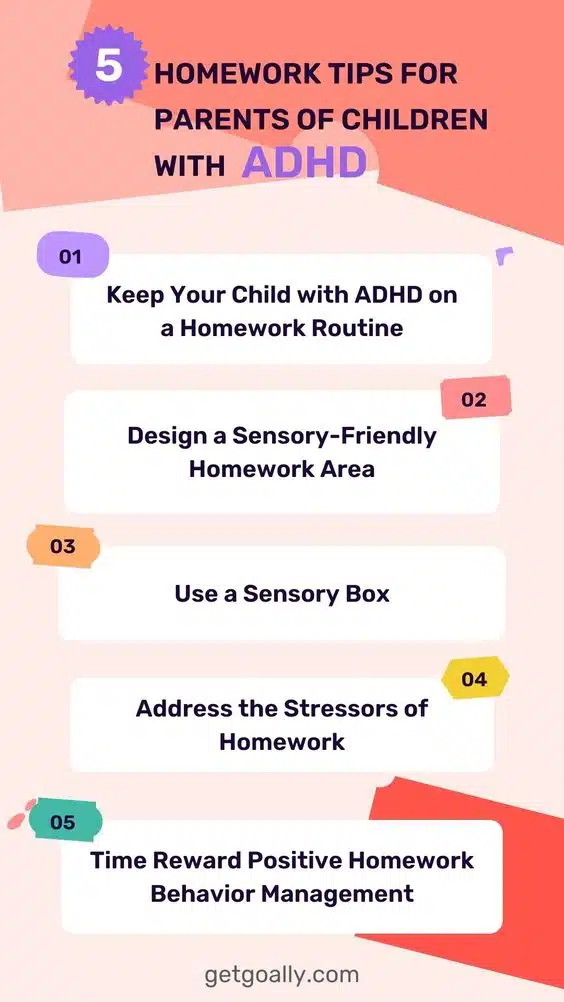Attentional bias operates by directing our focus towards certain stimuli while disregarding others. Understanding how it works can shed light on its impact in daily life. Here are some examples and key points to illustrate this concept:
- Selective perception: Our brain prioritizes information based on perceived importance.
- Salience: Attention is drawn to vivid, prominent, or emotionally charged stimuli.
- Confirmation bias: We tend to pay attention to information that confirms our existing beliefs or expectations.
- Negativity bias: The brain is more attuned to negative or threatening stimuli.
- Cognitive load: Attentional bias can be influenced by limited cognitive resources and mental workload.
- Implicit biases: Preconceived notions or stereotypes can shape attentional patterns.
Attentional bias influences how we perceive and process information, affecting our thoughts, emotions, and decision-making. Goally, our tablet product, helps kids with Attentional Bias by offering apps for building life skills, language skills, emotional regulation, executive functioning, and social skills. It provides a structured and engaging platform to enhance attention management and focus on relevant tasks.
This post was originally published on Feb. 5, 2023. It was updated on July 14, 2023.










